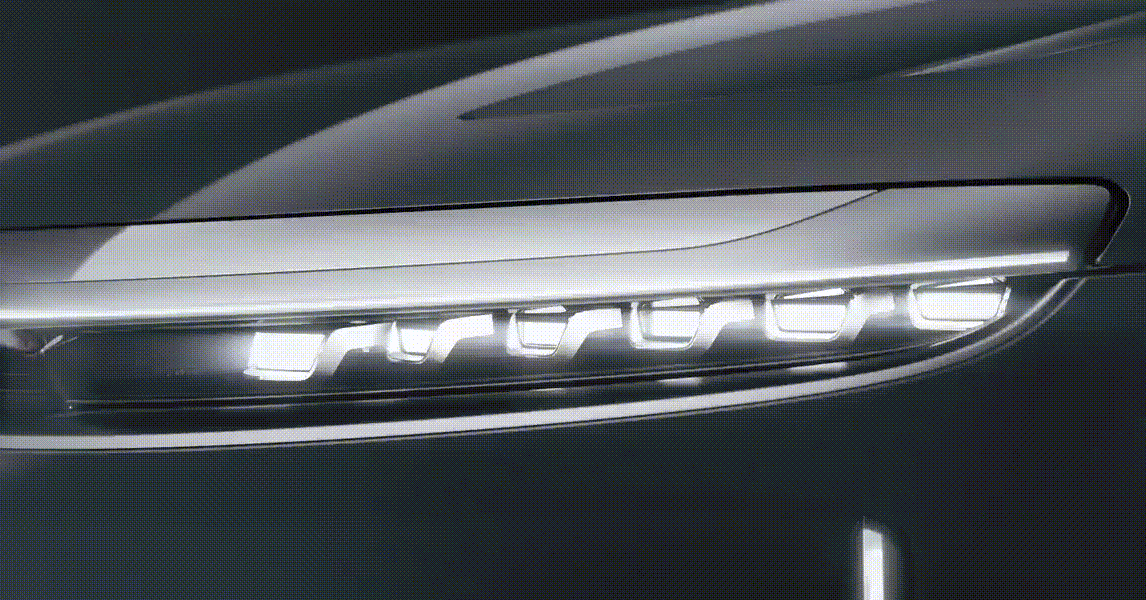Sure, duh: Vehicle lights serve the important and vital safety function of allowing drivers to see where they’re going, and everyone else to see when they’re coming. But for decades, car designers have clocked headlamps and tail lights as an opportunity for creativity, to build a distinctive brand that says, “Here comes that car.” Think of Lamborghini’s y-shaped headlights, or the almost menacing double barrels of the Dodge Challenger, or the halo rings on BMWs.
But a new era of car light design, ushered in by new technologies, powertrains, and even business models, has transformed the front profile of vehicles. “It’s been an incredible, critical acceleration in the last few years,” says César Muntada, the head of light design at Audi.
The result is lights that are brighter, thinner, and in more complex configurations than ever before. Lights that dance when a car is approached by its owner, lights that blink when it’s being charged. Lights that can be customized to fit personal taste, or even mood. Lights that even, if regulators allow them, won’t blind other drivers. In the future, cars might even use lights to communicate with others on the road.
Today, automakers are doubling down on unique headlight signatures, arguing that a car’s front is its most important bit in not only selling the vehicle to customers, but the idea of the vehicle—what it means.
“We call it a face,” says Tim Kozub, who directs Cadillac’s design team. “It relates back to us as humans. The front of the vehicle is the personality.” Internal Cadillac market research shows that people react first to a vehicle’s front, then its rear, and then its side view, he says. So car designers are spending even more time—and money—on getting the face just right.
Light It Up
In some ways, the story of the beautification of the vehicle headlight is the story of advances in light technology. In the mid-20th century, headlights were small, halogen bulbs inside a large eye. By the early 1990s, some automakers began using xenon or high-intensity discharge (HID) headlamps, which were more powerful, efficient, and lasted longer than halogen. At the turn of the century, automakers experimented with using different shapes and textures inside headlights.
Finally: Enter the LED. Starting with a 2007 Lexus, automakers began using the smaller, powerful, and even more long-lasting lights inside headlamps. Headlights no longer needed to be bulbs inside a large casing, says Raphael Zammit, the chair of the Transportation Design program at the College of Creative Studies.
The creativity has flowed from there. “We’ve moved away from the physical aspect of lamps and moved towards a very thin, minimalist perspective,” says Zammit. “You’re looking at lines, gestures of lines. LEDs have taken it to the next level.”
Just in the past few years, automakers including Mercedes-Benz, Audi, and Hyundai have introduced digital headlights, which use LEDs and vehicles’ increasingly sophisticated onboard computers to illuminate with even more specificity. Audi’s Matrix-design headlights can, for example, “greet” drivers with model-specific headlight animations, a kind of personalized hello enabled by advances in lighting.

.gif)





